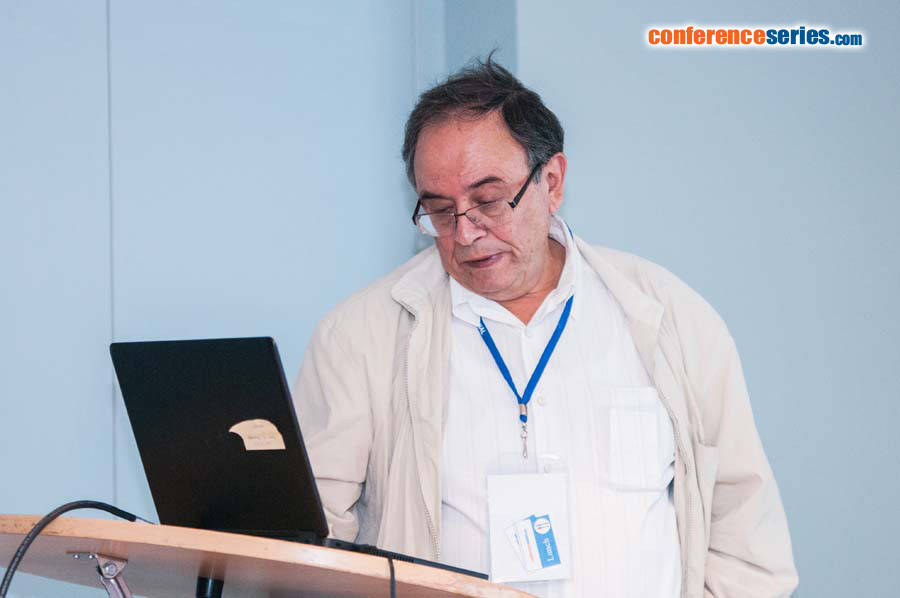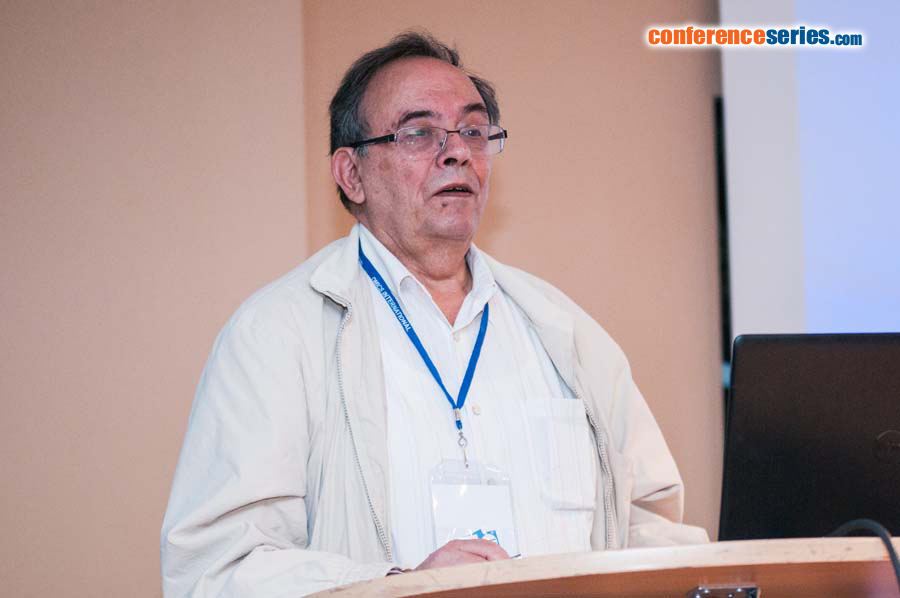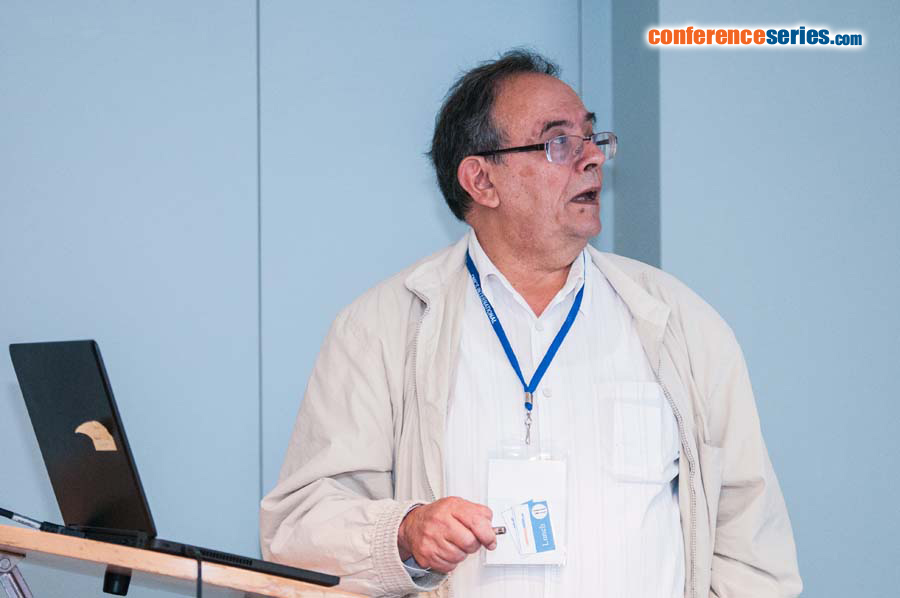Alexei V Finkelstein
Russian Academy of Sciences, Russia
Title: There and back again: Two views on the protein folding puzzle
Biography
Biography: Alexei V Finkelstein
Abstract
The intricate protein 3D structure results from spontaneous folding (both in vitro and in vivo), though more than the life-span of the Universe would have been required to find it by sampling of amino acid conformations, this is called "the Levinthal's paradox". To resolve it, various models of folding were proposed during decades. However, they fail to overcome this paradox when the 3D structure’s stability is close to that of the unfolded chain, as it is in reality. The folding rate problem was first solved using unfolding (not folding!). The trick is that, firstly, the rates of the forward and reverse reactions coincide when the structure stability equals to that of the unfolded chain (according to the “principle of detailed balance” well-known in physics) and it is much easier to imagine and investigate how the thread unfolds than how it obtains a certain fold. Recently, the folding problem has been also solved “from the viewpoint of the folding chain”: it has been proved that the necessary, search for the most stable fold, sampling is by many orders of magnitude smaller when considered at the level of formation and packing of secondary structures than at the Levintal-considered level of amino acid conformations. The estimated rate of such a sampling turned out to be physically and biologically reasonable for proteins of various sizes.




